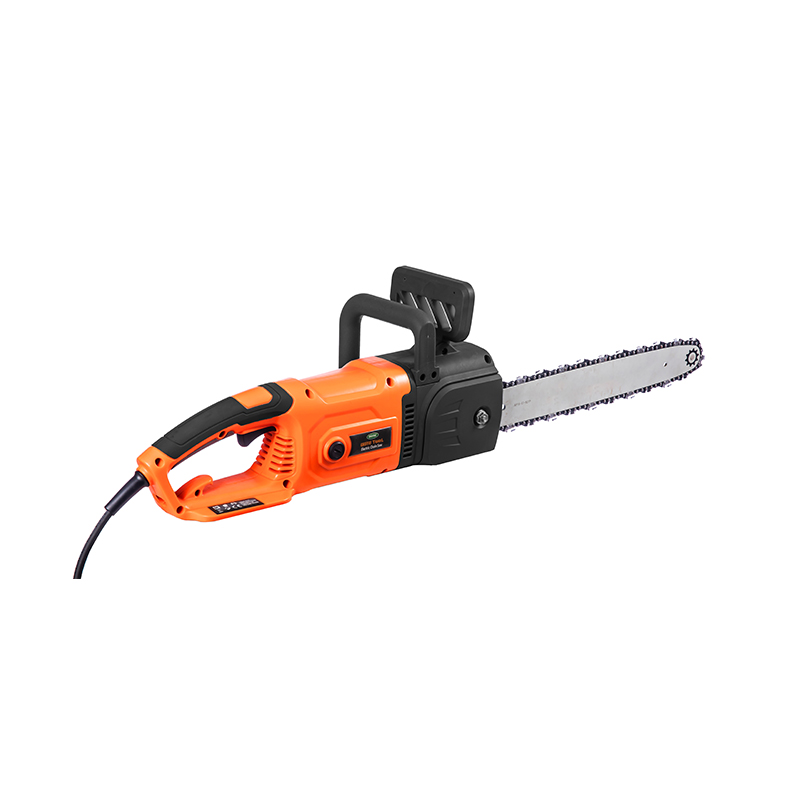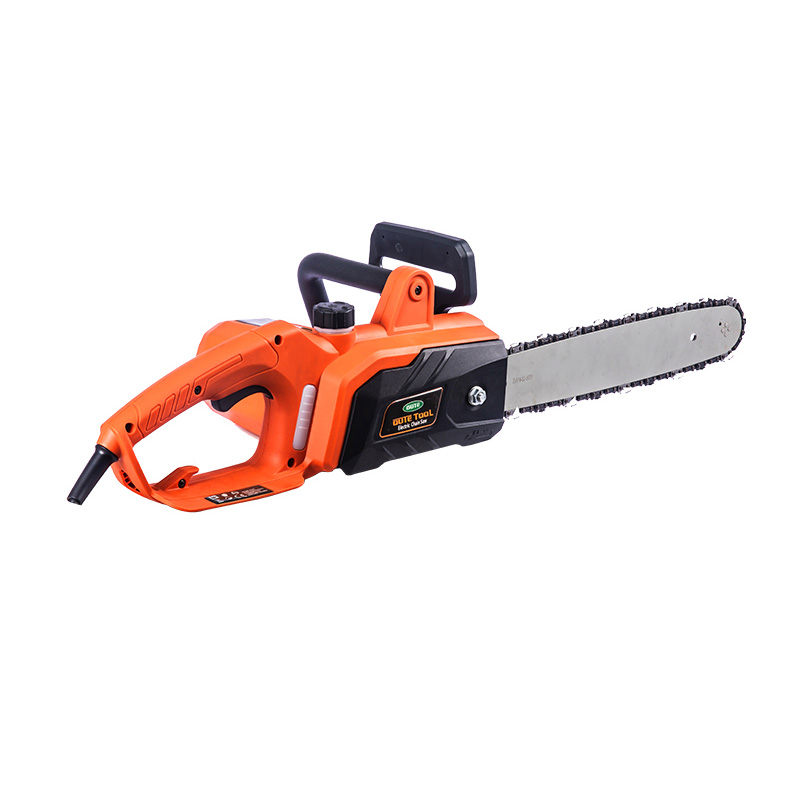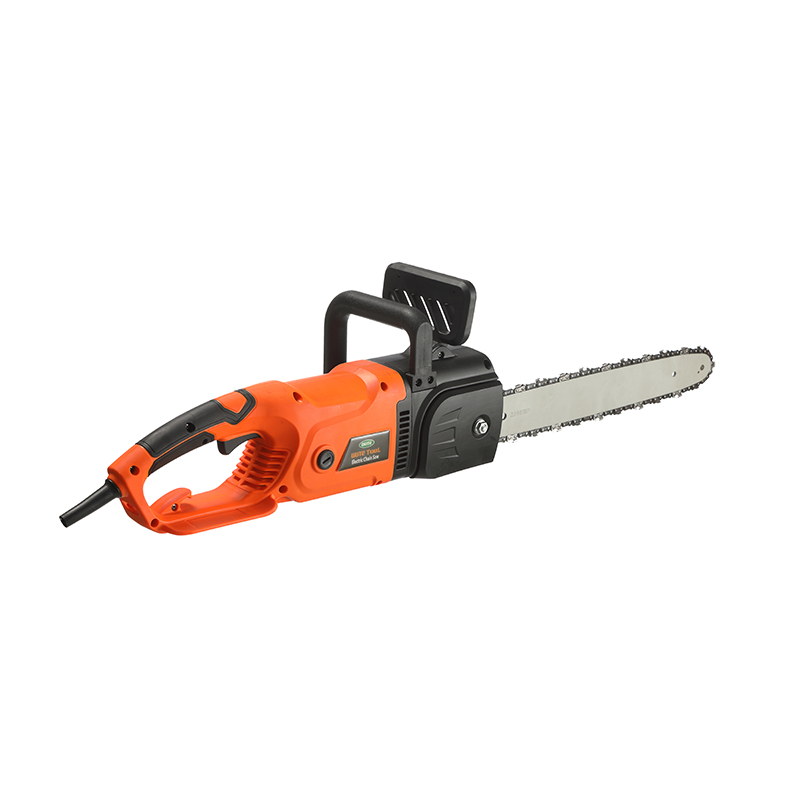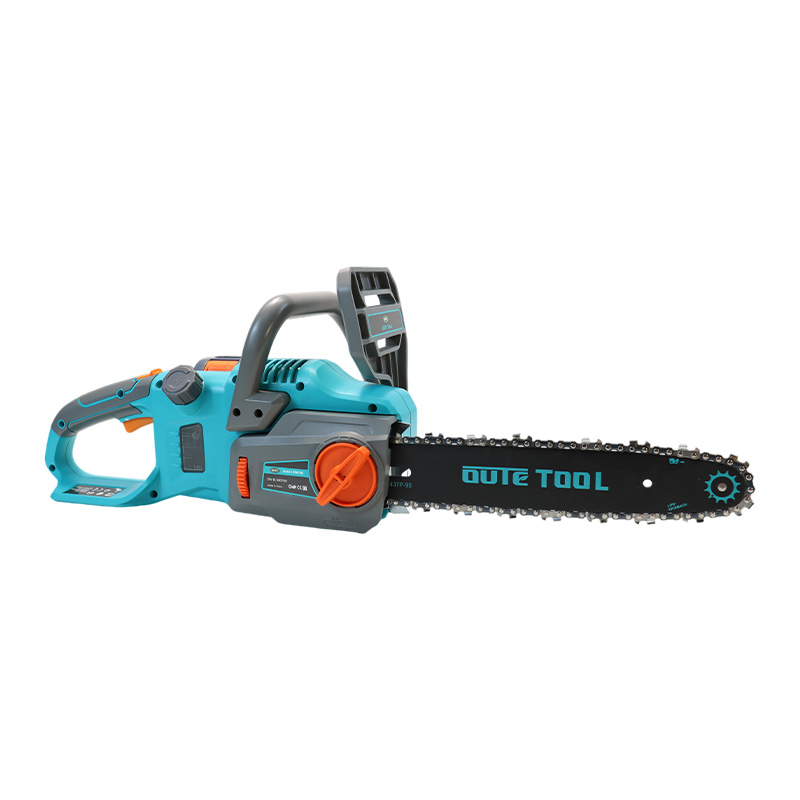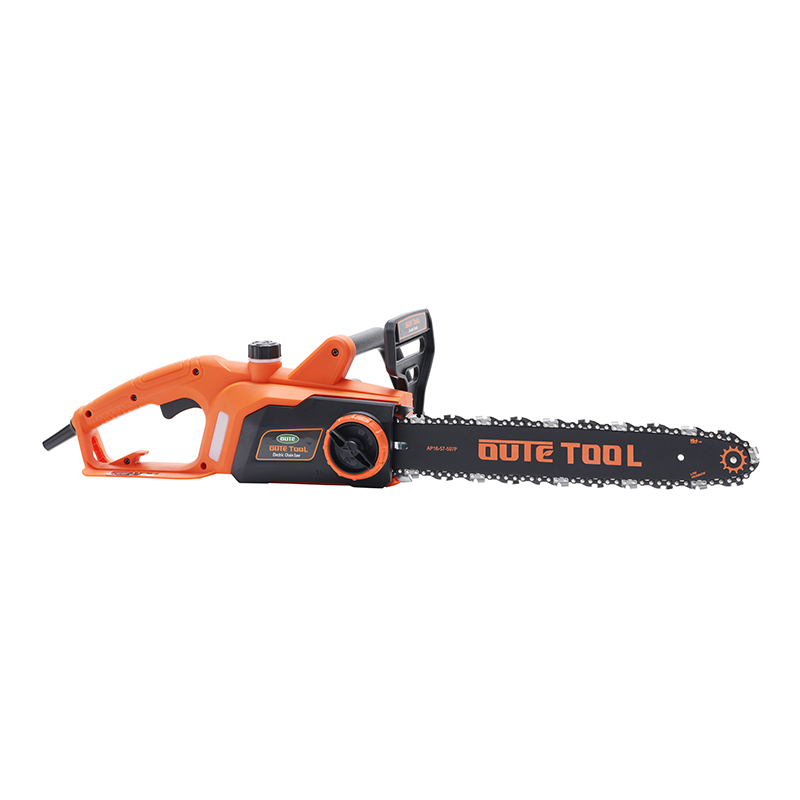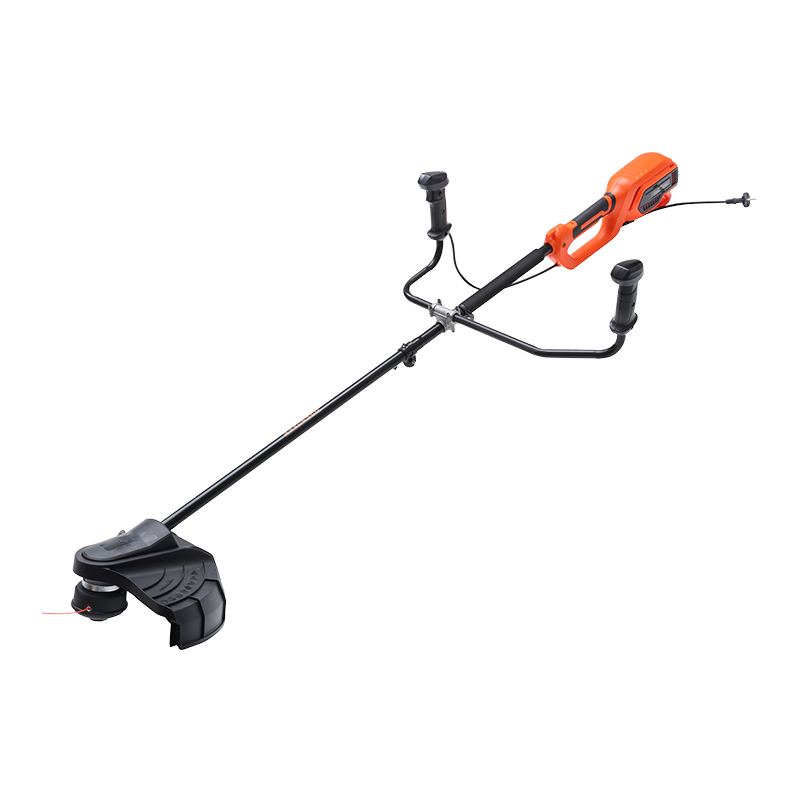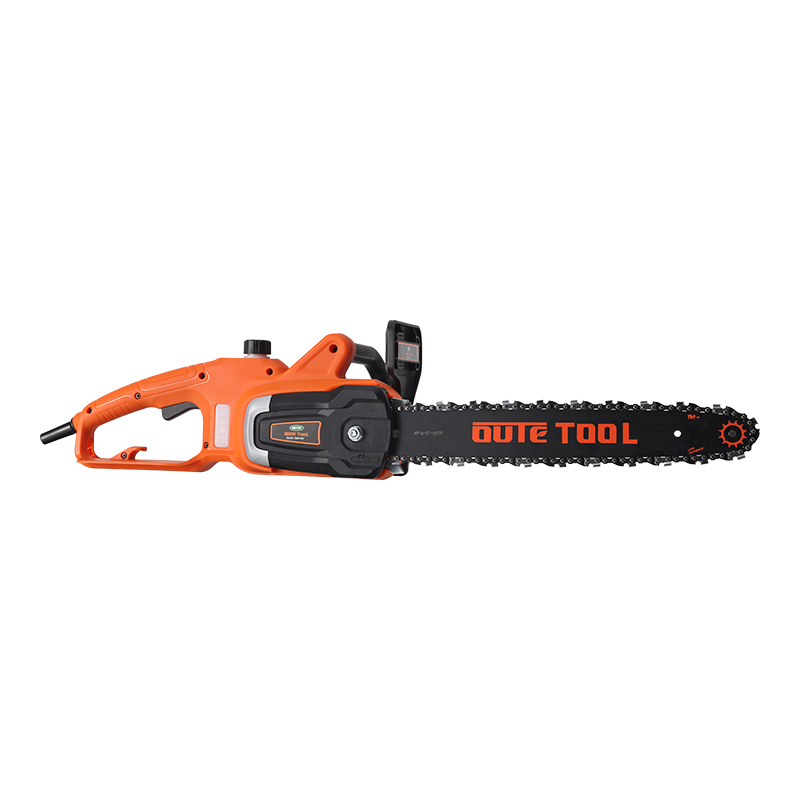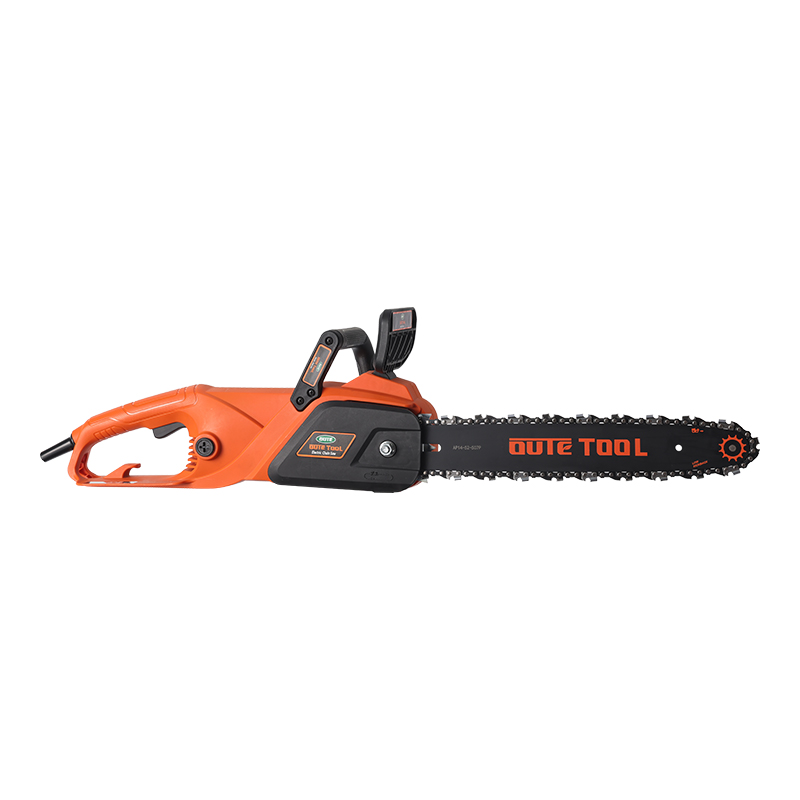Blessed lawn lovers! The best season of the year has arrived, and it's time to breathe life into your garden from the lawn. In the next few months, as the weather gets warmer, the lawn's growth rate will increase, so please follow our simple lawn care tips to get your lawn back to its original shape!
Restore your lawn
If your lawn looks a little bleak after winter, you are not alone. Cool weather coupled with increased rainfall, reduced sunshine hours, and regular morning frosts are not perfect conditions for lush lawns. But don't worry, because you can do many things to breathe life into it.
Start with your soil first. If you experience a lot of rain in winter, it may be compacted, which means that your lawn misses all the good things that promote growth, such as water, oxygen, and potential sunlight.
Inflating the lawn will make it breathe again and ensure it gets all the wonderful benefits of spring weather. The aeration process can be done manually using metal piles, but a simpler alternative is to use aeration tools.
The next step is to remove the thatch. Lawn thatch is a mixture of dead and living plant material that accumulates over time. It is a combination of fallen leaves, lawn clippings, and general debris accumulated in the garden over time, forming a thin layer of mulch on the lawn. Although a little thatch is not necessarily harmful, too much will suffocate your lawn. If you leave it alone, it will have the same effect as compacted soil and prevent important nutrients from entering the roots of the lawn. You can use a power grass trimmer to remove thatch.
Fertilize
Based on experience, you should fertilize your lawn twice a year. Once the summer heat subsides, the first feeding should be done in autumn. The second feeding should be carried out in early spring to prevent the temperature from rising again. Ventilating and removing thatch in advance will maximize the impact on fertilizer and remove winter weeds to ensure that your lawn is focused on growing more grass, no more weeds! The best type of fertilizer to use depends on your lawn type, so be sure to do some research beforehand.
Water requirements
Water is the key to a lush lawn, but how often you water your lawn depends on whether you live in the north or south of the country. For people in the southern states, less watering is needed, and only once a week in the spring. If you are in the north of the country and experience extreme heat when spring comes, you will need to soak 2-3 times a week, but be sure to comply with any local water restrictions. If you are not sure, an easy way to see if your lawn is hydrated or needs more water is to use a shovel to make a small turf to feel the soil below. If it is very dry, soak it well.
The best time of the day to water the lawn is in the morning. If you wait until it gets hot, you may lose half of the water through evaporation. When possible, try not to water too late in the day, because if you water frequently, it may cause fungal problems. Using a sprinkler to water the lawn can ensure that the water is evenly covered.
Don't cut too low
Regular mowing will promote spring growth, but the height of the lawnmower will determine the quality of the lawn. Pruning too low can cause permanent damage to the lawn and expose the soil and roots to the various elements experienced during spring, from frost to sun damage. On the other hand, letting your lawn grow too long will block your grass blades from sunlight, which will hinder the process of photosynthesis and is the main cause of yellow grass. As a rule of thumb, only remove 1/3 of the grass blades throughout the year, and make sure to test a lawn out of sight to ensure that you are mowing at the right height before proceeding.
Don't waste those newspaper clippings!
There are many different uses for cutting grass. If you have compost, this is the perfect place for them. The nitrogen content in grass clippings is very high, so they are very easy to decompose. When combined with brown substances such as branches and fallen leaves to decompose, they produce a perfect nutrient-rich mixture that can then be recycled into your garden.
Grass clippings can also be used in garden beds and as a vegetable mulch, dining table garden. When the weather starts to warm, applying a thin layer will help your soil retain moisture. Try not to overdo it, 1-2 inches is enough.
